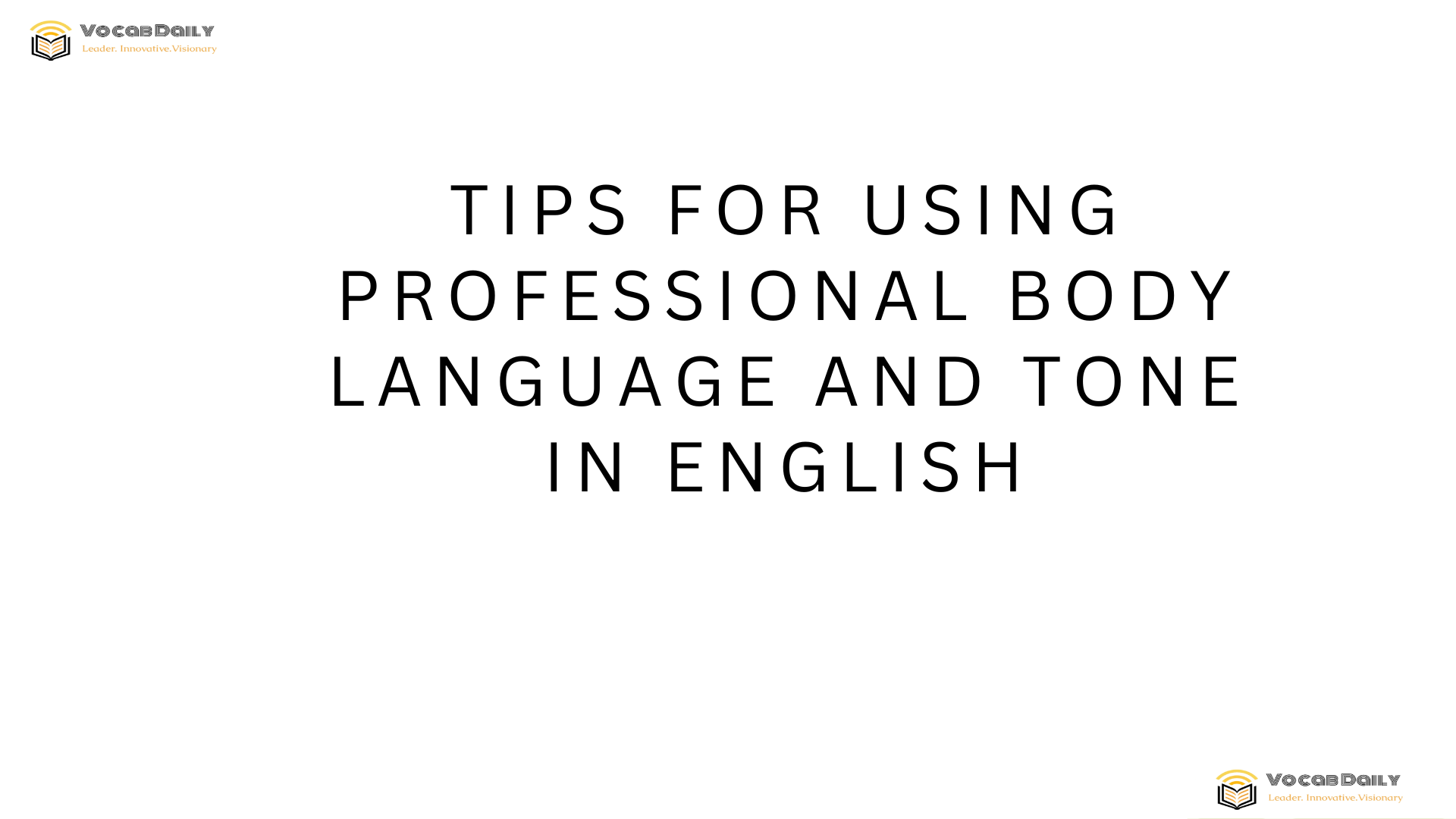Understanding the Importance of Professional Body Language
When preparing for an English-speaking job interview, mastering professional body language is just as important as practicing your verbal responses. Body language conveys confidence, attentiveness, and professionalism without a single word. Recruiters often rely on these nonverbal cues to form first impressions. Using appropriate facial expressions, maintaining eye contact, and adopting the right posture can set the tone for a successful interview experience.
Maintaining Eye Contact: The Key to Engagement
Maintaining consistent eye contact during your interview shows that you are confident, interested, and trustworthy. However, staring intensely can be intimidating. Aim for a comfortable balance by looking at the interviewer’s eyes for about 50-60% of the time while occasionally glancing away to avoid discomfort. This subtle connection signals your active engagement and helps build rapport.
Posture That Projects Confidence and Openness
Your posture speaks volumes about your attitude. Sitting up straight with your shoulders relaxed portrays confidence and readiness. Avoid slouching or leaning too far back, as these gestures may signal disinterest or nervousness. A slight forward lean toward the interviewer can indicate engagement and eagerness to participate in the conversation.
Hand Gestures: Enhancing Your Message Carefully
Using hand gestures can complement your verbal communication and help emphasize your points. Controlled and deliberate movements give clarity to your ideas and demonstrate enthusiasm. Be mindful not to overuse gestures, as this can be distracting or seem unprofessional. Resting your hands calmly on your lap or table during moments of listening also shows patience and attentiveness.
Facial Expressions: Conveying Positivity and Confidence
Smiling appropriately during your interview can create a positive atmosphere and make you appear approachable. Simple expressions, such as nodding to show understanding or raising your eyebrows slightly when surprised, add authenticity to your responses. Avoid frowning or showing signs of frustration, even if you are faced with challenging questions.
Tone of Voice: Professionalism in Every Word
Your tone of voice influences how your message is perceived. Speaking too quickly may suggest nervousness, while speaking too slowly can sound disinterested. Aim for a moderate pace that allows the interviewer to understand you clearly. Use a steady volume, not too loud or too soft, to project confidence without appearing aggressive or timid.
Using Variation in Pitch and Intonation
Monotone speech can make even the best answers sound dull. Varying your pitch and intonation keeps your responses engaging and reflects your enthusiasm about the position. For example, rising intonation at the end of questions and falling intonation for statements can help your speech sound natural and clear. This variation signals that you are actively involved in the conversation.
Choosing Professional Language and Avoiding Fillers
Professional tone also involves choosing the right vocabulary and avoiding filler words like “um,” “like,” and “you know.” Practice clear and concise answers that stay on topic. Replace casual expressions with more formal words suitable for a professional environment. For example, say “I am excited about this opportunity” instead of “I’m really pumped.” This shows your language skills and your understanding of interview etiquette.
Pausing to Reflect and Respond Thoughtfully
Pausing briefly before answering questions can help you gather your thoughts and deliver more structured responses. It also prevents you from interrupting the interviewer and demonstrates patience. A well-timed pause reinforces your professionalism and ensures you project calmness under pressure.
Matching Your Body Language and Tone to Company Culture
Researching the company culture before your interview helps tailor your body language and tone accordingly. More traditional industries like finance or law may appreciate formal and restrained behaviors, whereas creative fields might welcome a bit more expressiveness and relaxed tone. Observing cues during the interview also helps you adjust in real-time, ensuring you appear both professional and culturally fit.
Effective Use of Greetings and Farewells
First and last impressions are powerful. Start your interview with a firm handshake, a warm smile, and confident eye contact. When concluding, thank the interviewer sincerely and use a professional tone to express your excitement about the role. This reinforces your positive image and leaves the door open for future correspondence.
Practicing Body Language and Tone Through Mock Interviews
Practice is essential to mastering professional body language and tone. Conduct mock interviews with friends, mentors, or English teachers who can provide constructive feedback. Recording your mock sessions allows you to observe your gestures, facial expressions, and vocal delivery. This self-awareness is crucial for making improvements and building confidence.
Integrating Professionalism into Everyday English Practice
Incorporate professional body language and tone into your daily English practice by engaging in conversations, watching professional interviews online, and mimicking the style and tone used. The more natural these skills become, the more comfortable you will feel during actual job interviews. Cultivating these habits supports both your language proficiency and interpersonal skills.
Overcoming Nervousness With Controlled Body Language
Nervousness may cause fidgeting or awkward gestures. To counter this, focus on controlled breathing and deliberate movements. Place your hands calmly in your lap or on the table rather than tapping or wringing them. This control not only makes a positive impression but also helps you regulate your anxiety and maintain focus throughout the interview.
Adapting Tone for Phone and Video Interviews
In virtual interviews, some body language cues are less visible, making tone of voice even more crucial. Speak clearly, enunciate your words, and use a warm, friendly tone to compensate for the lack of physical presence. Smiling while speaking can also positively influence your tone and help you sound approachable and confident through the screen.
Also check out VocabDaily workbook collections.

Leave a Reply